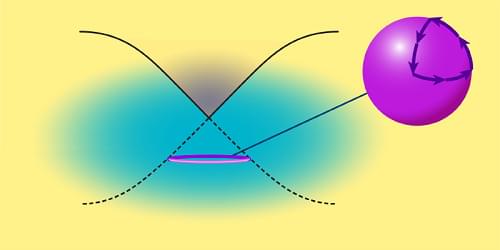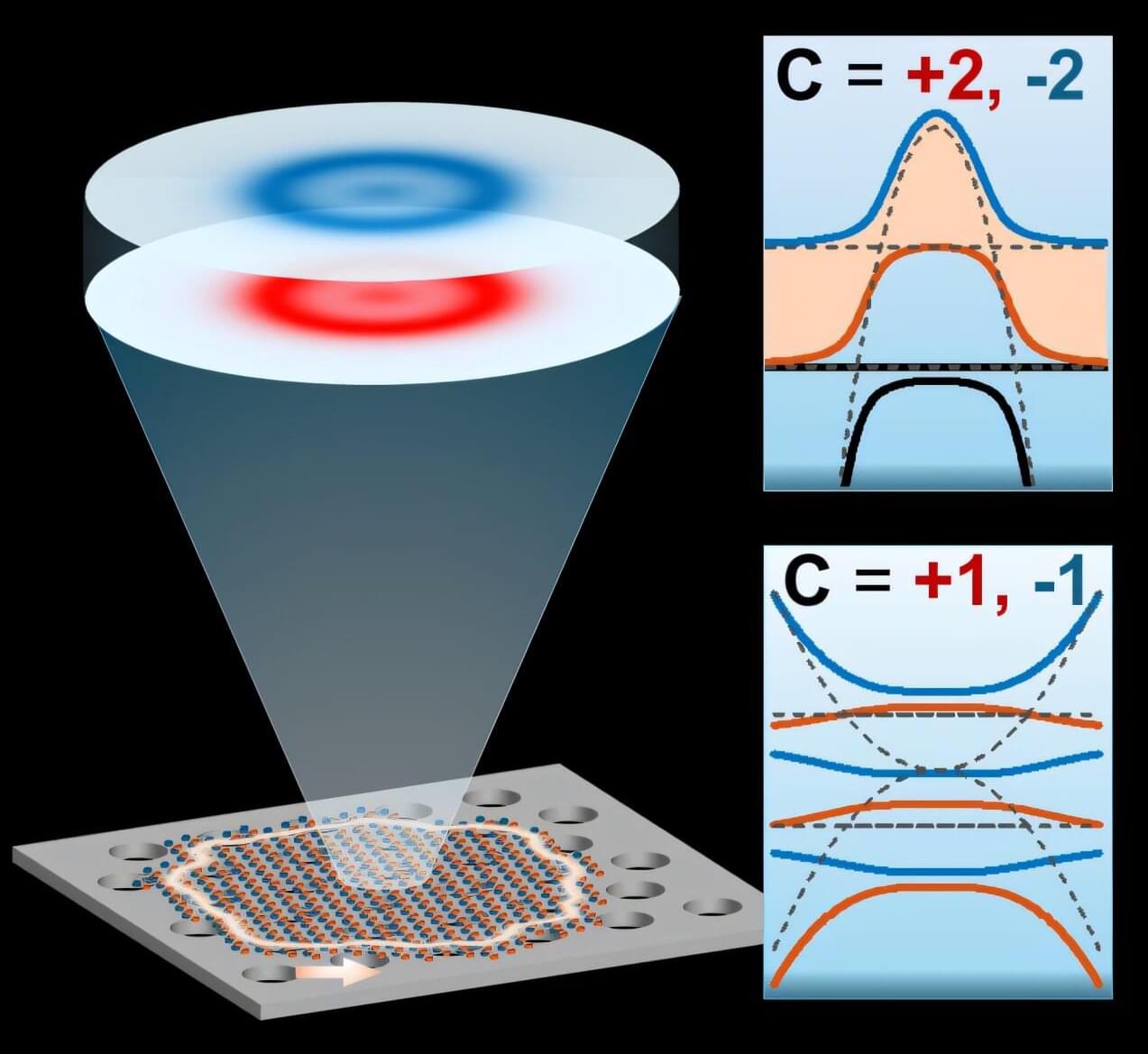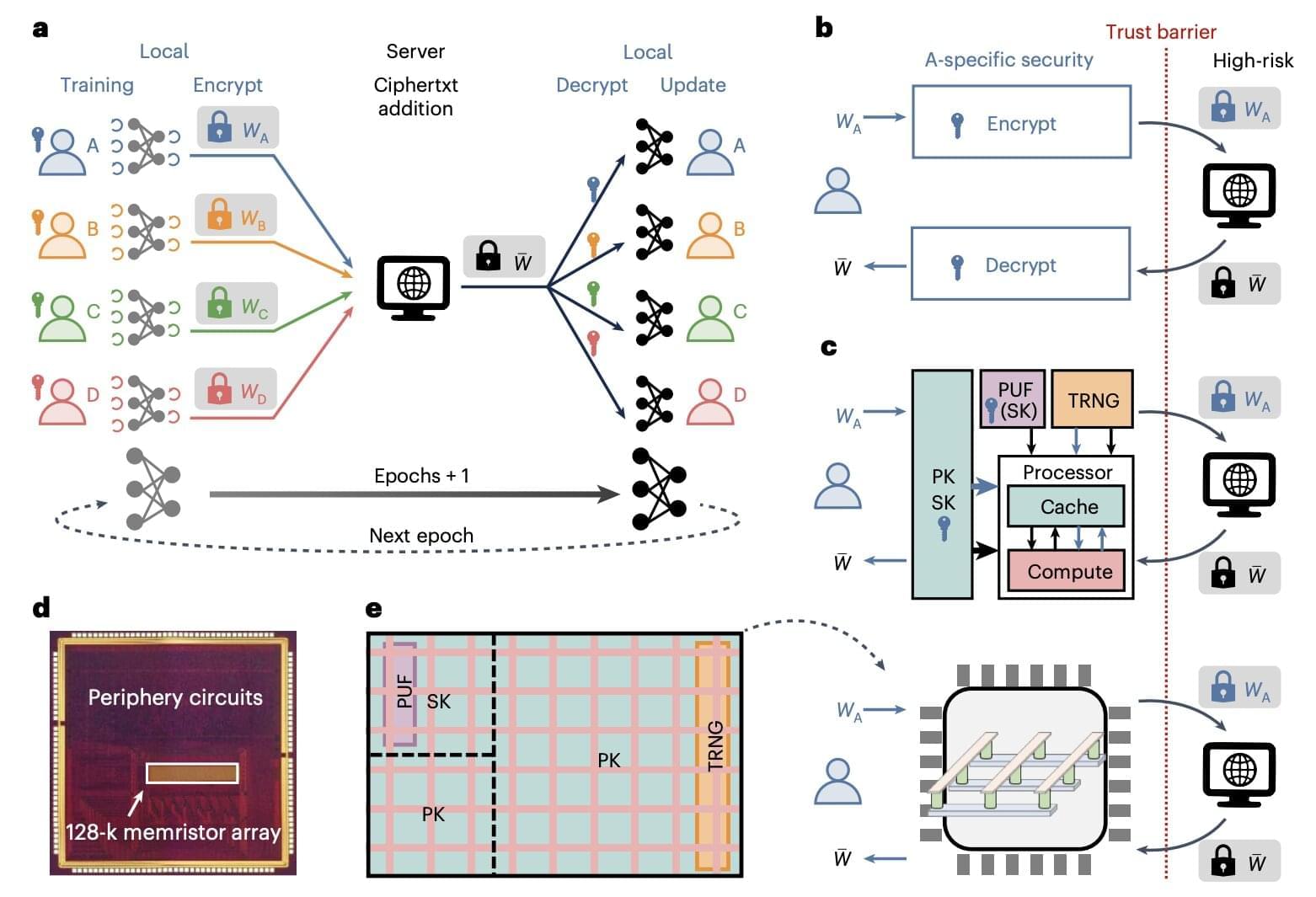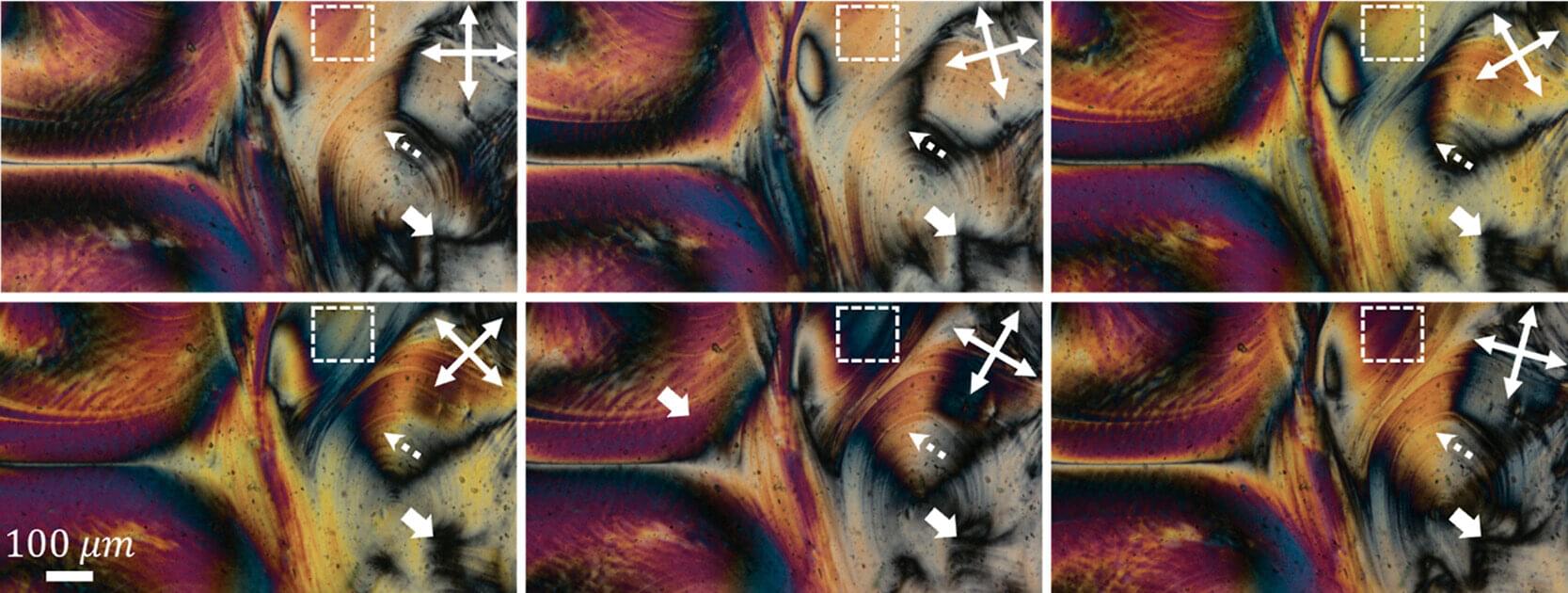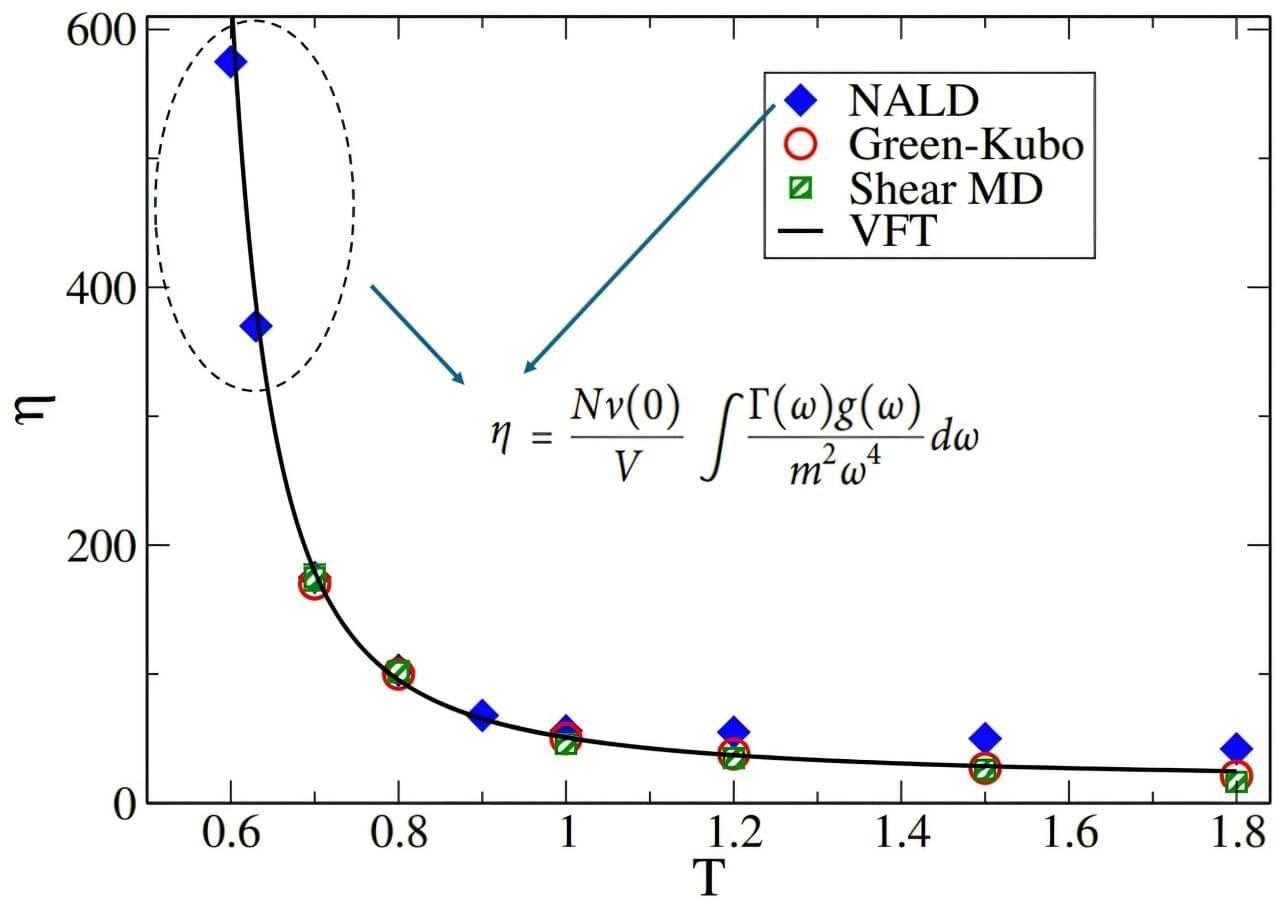Contrary to conventional wisdom, so-called order parameters that distinguish symmetry-governed phases of matter can have topological structure.
From materials developing magnetization patterns to metals becoming superconductors, a wide range of phase transitions can be qualitatively described by a single framework known as Ginzburg-Landau theory [1, 2]. This framework generally assumes that a key quantity in its descriptions, called an order parameter, has trivial topology. But now, Canon Sun and Joseph Maciejko at the University of Alberta, Canada, have shown that order parameters can have hidden topological structure [3]. The researchers have developed an extension to Ginzburg-Landau theory that incorporates such hidden topology, revealing features absent from the original framework.
Symmetry constitutes a fundamental concept in physics. It appears in many guises but is especially important when studying how interactions of countless microscopic constituents give rise to macroscopic order in condensed-matter systems. For example, below a critical temperature, an ordinary magnet has a net magnetization because its spins all align in the same direction, breaking rotational symmetry. If the magnet is heated above that temperature, it loses its magnetization as its spins point in random directions, restoring rotational symmetry.
